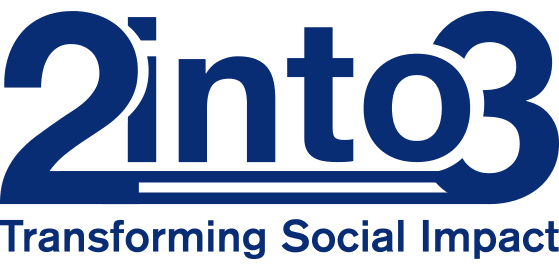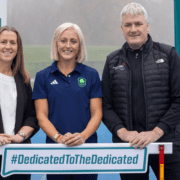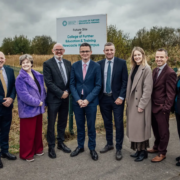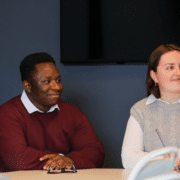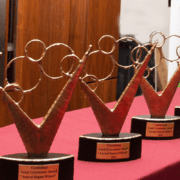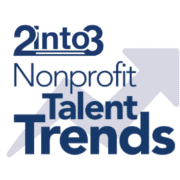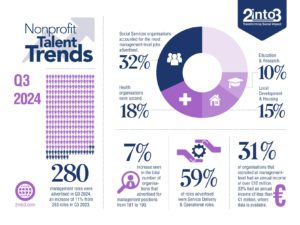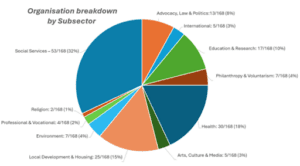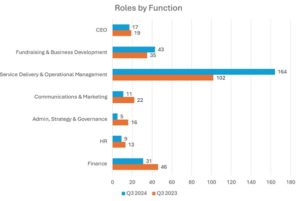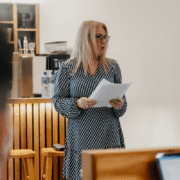Olympian Sarah Lavin champions the launch of the Federation of Irish Sport 2024 Volunteers in Sport Awards
Double Olympic hurdler Sarah Lavin was on hand to lend her voice to the launch of the 2024 Volunteers in Sport Awards, a national celebration of the extraordinary individuals who contribute to the vibrant fabric of Irish sports.
Hosted by the Federation of Irish Sport and supported by the National Network of 29 Local Sports Partnerships these prestigious awards recognise the selfless volunteers who dedicate their time, skills, and passion to support sports clubs and community organisations across Ireland.
The 2024 Volunteers in Sport Awards will bring together individuals from all 32 counties to celebrate their commitment to fostering participation and ensuring that sport is accessible to all. Their contributions not only inspire communities but also enable clubs and organisations to thrive, supporting social cohesion and well-being across Ireland. Without their dedication, many sporting opportunities simply would not exist. Nominations are now open and the awards celebration will take place in Dublin in February 2025.
Ambassador for the 2024 Awards Track and field star and double Olympian Sarah Lavin commented:
“High performance sport in Ireland as well as grassroots relies so heavily on volunteers. We cannot take for granted the time and dedication of people who step up and volunteer on a weekly basis. They deserve to be celebrated for the positive change they bring to communities across Ireland. It’s truly an honour to support this celebration of the people who make sport possible for all of us at every level.”
In every corner of the country, from city centres and suburbs to rural villages, over 460,000 volunteers work tirelessly each week to bring sport and physical activity to life for people of all ages*. The impact of their work is profound, providing multi-generational opportunities to engage in sport, build communities, and promote healthy lifestyles. The economic value of their contribution is estimated to be worth €1.5bn to the Irish economy**.
Mary O’Connor CEO Federation of Irish Sport said:
“The goodwill and work of volunteers cannot be taken for granted. These awards are our chance to say thank you and in acknowledging the incredible efforts volunteers make, ensure that we continue to encourage more people to get involved and safeguard the future of sport in the country.”
The Volunteers in Sport Awards is a vital opportunity to recognise their efforts and to shine a light on the invaluable contribution they make to Irish sport and society.
A National Network of Support
Supporting the awards is the National Network of 29 Local Sports Partnerships. Limerick Sports Partnership Coordinator Phelim Macken remarked:
“The event is proudly supported by the National Network of 29 Local Sports Partnerships (LSPs), which work to increase participation in sport and physical activity by breaking down barriers and encouraging inclusivity. Through the work of the partnerships, more people across Ireland are getting active, and the Volunteers in Sport Awards is a fitting tribute to those who help make this possible”.
Nomination Process
Nominations for the 2024 Volunteers in Sport Awards are open from Tuesday, 12th November 2024, until Tuesday, 17th December 2024. Members of the public are encouraged to nominate deserving volunteers from their club or sporting organisation who have made a significant contribution or impact to their local club or community.
For more information and to submit a nomination, visit www.volunteersinsport.ie or for further queries contact Clare Louise O’Donoghue, Head of Commercial & Marketing, Federation of Irish Sport:
Mobile: 086 0437887, Email: clarelouise.odonoghue@irishsport.ie
*Sport Ireland – Irish Sports Monitor 2023
** Sport Ireland – Economic Value of Sport Report 2021
